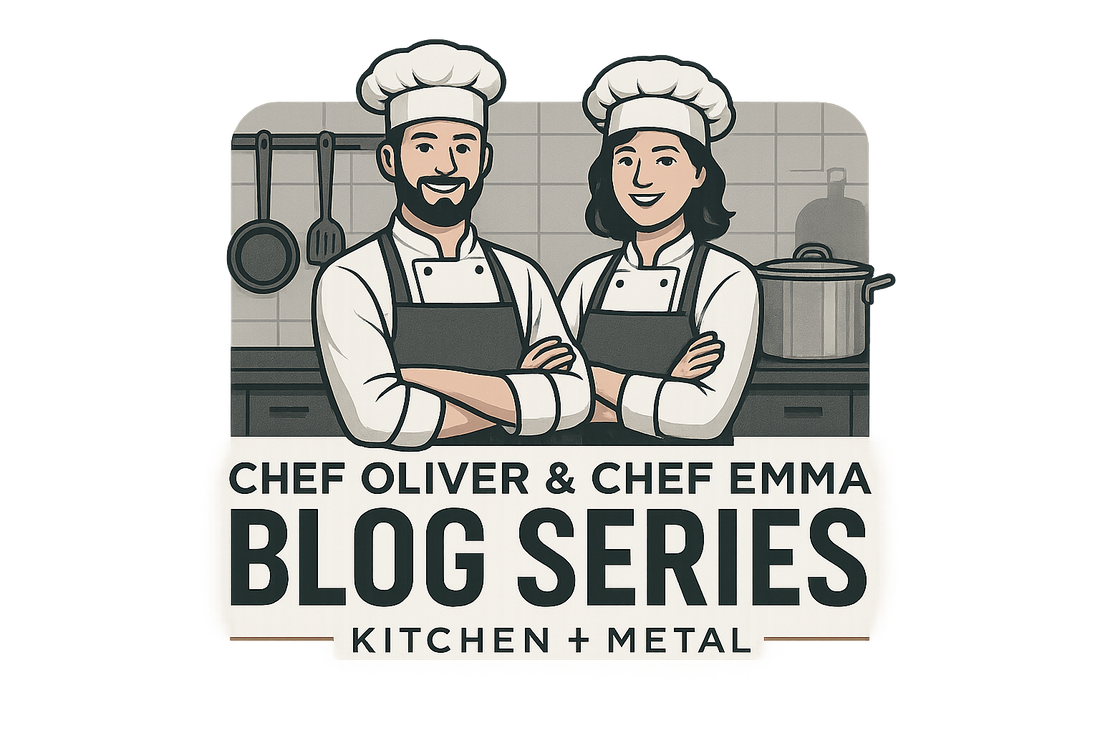
Industrial Kitchens: Kitchen Stations, Chef Roles, Order Processes, and Home Applications | Kitchen + Metal
Share
Introduction to Industrial Kitchens
Industrial kitchens, also known as commercial kitchens, are the heart of any food service operation. They are designed to be efficient, safe, and productive, with specific stations and roles that work together to deliver high-quality meals. In this post, we'll explore the different kitchen stations, chef roles, order processes, and how these concepts can be applied in your home kitchen.
Kitchen Stations
- Receiving and Storage: Where ingredients are received, stored, and prepared for use.
- Preparation: Veggies are chopped, meats are marinated, and ingredients are prepared for cooking.
- Cooking: The main cooking area where dishes are prepared.
- Plating: Finished dishes are plated and garnished.
- Washing: Dishes, utensils, and equipment are cleaned and sanitized.
Chef Roles
- Executive Chef: Oversees the entire kitchen operation.
- Sous Chef: Assists the executive chef and manages daily operations.
- Station Chefs: Each station has a chef responsible for that specific area.
- Line Cooks: Assist station chefs with food preparation.
Order Process
- Orders are received and relayed to the kitchen staff.
- Ingredients are prepared and dishes are cooked.
- Finished dishes are plated and served.
Applying Industrial Kitchen Concepts at Home
While your home kitchen may not be on the same scale as an industrial kitchen, many of the same principles can be applied to make your cooking experience more efficient and enjoyable.
- Designate specific areas for different tasks (e.g., a prep station, a cooking station).
- Organize your storage to keep frequently used items accessible.
- Plan your meals and prepare ingredients in advance.
- Use a 'assembly line' approach for complex dishes.
By understanding how industrial kitchens operate and applying these concepts in your own kitchen, you can streamline your cooking process and create delicious meals efficiently.

